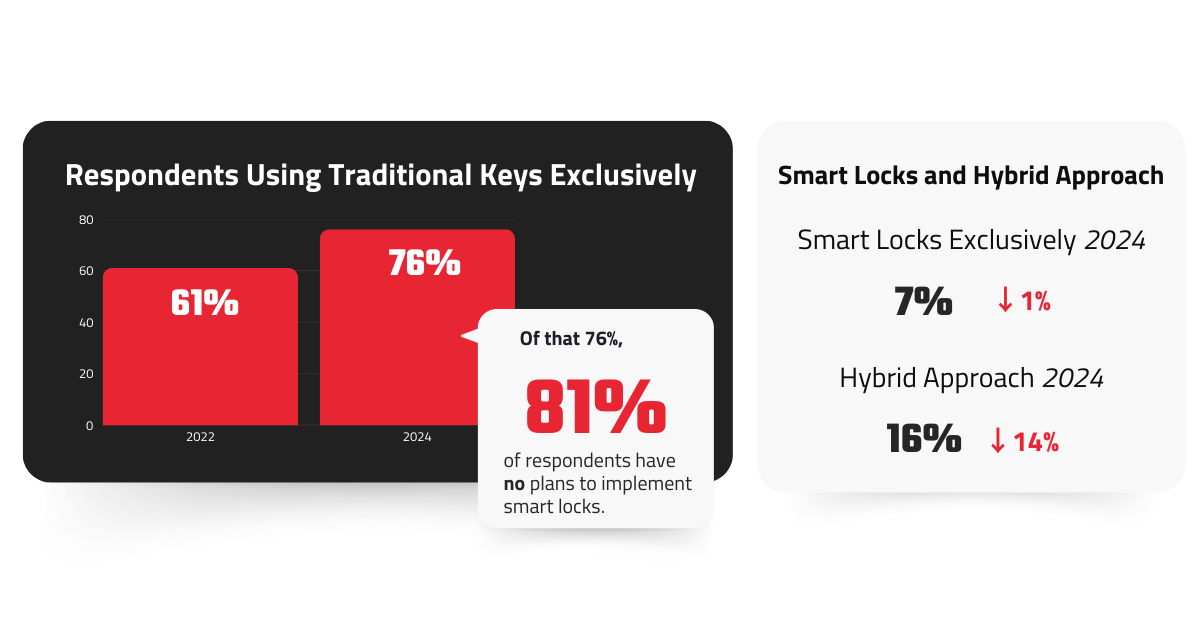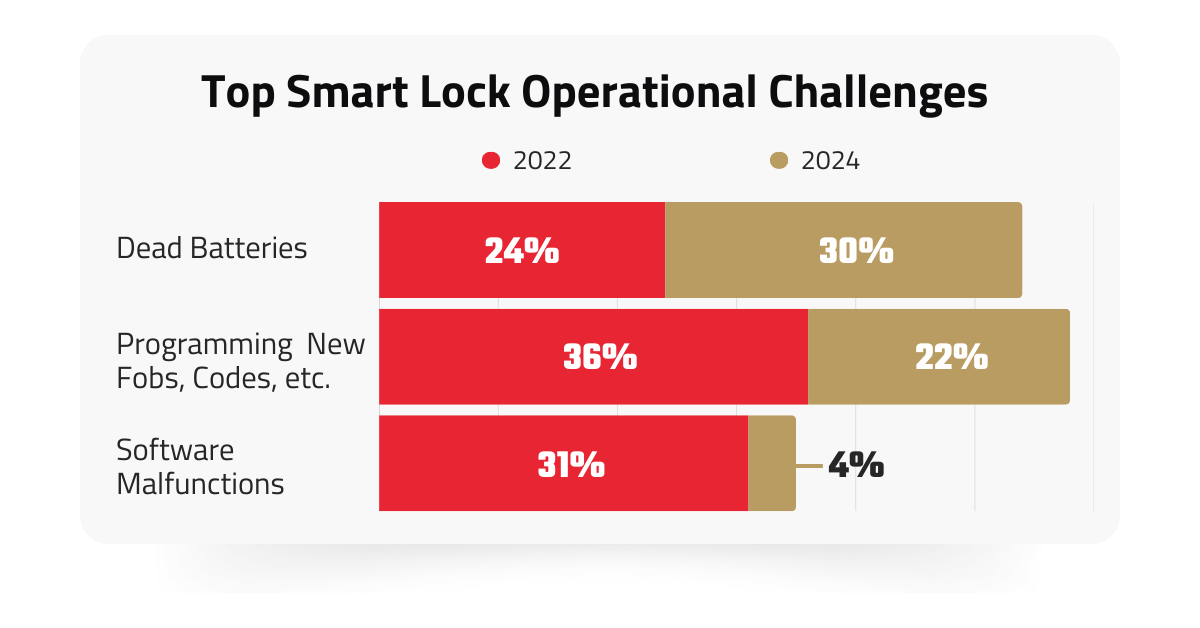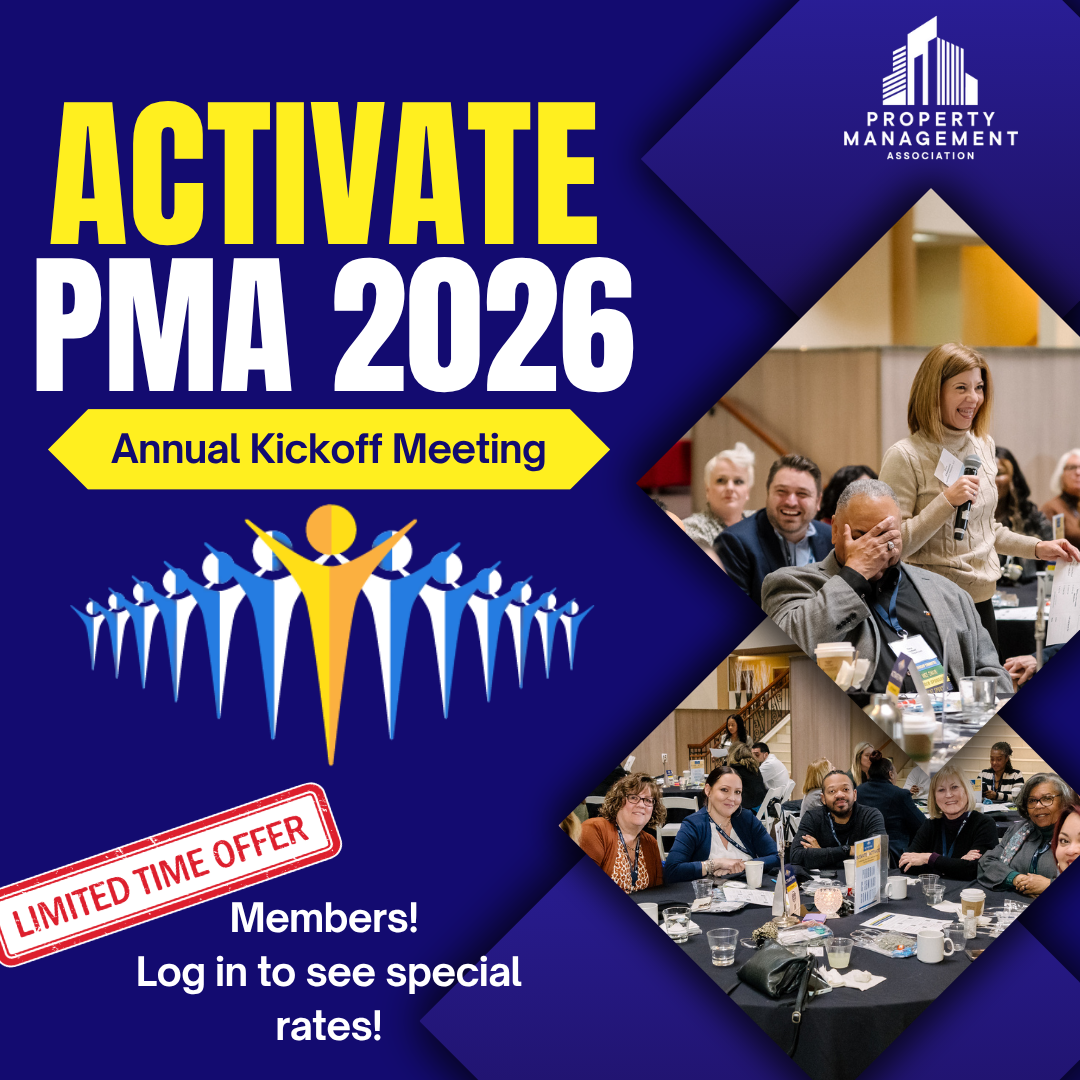The Future of Multifamily Access Control
Key and access control technologies have evolved over the past several years, giving apartment communities more options than ever. However, despite the popularity of smart locks, physical keys remain the backbone of managing apartment access for most multifamily communities.
A nationwide KeyTrak survey of multifamily professionals, conducted in 2022 and again in 2024, reveals why some properties are adopting digital locks, while others continue to rely on traditional metal keys. What do these findings mean for your apartment community?
Key Findings
Three Distinct Approaches
The latest research uncovered three primary approaches to access control:
- Traditional Keys: 76% of multifamily professionals surveyed now use traditional keys exclusively — up 15% from 61% in 2022. Of these, 81% reported no plans to implement smart locks.
- Smart Locks: 7% use smart locks exclusively, down from 8% in 2022.
- Hybrid Process: Properties using both methods decreased from 30% in 2022 to 16% in 2024. For 56% of these properties, metal keys are the primary means of apartment access, while a smaller number only use traditional keys for digital lock backups, common areas, offices, storage spaces, and closets.

The Appeal of Convenience
Multifamily professionals often turn to smart locks to optimize property operations. Respondents’ top reasons for adopting smart locks included:
- Reducing the need for rekeying (22%, down from 36% in 2022)
- Standardizing technology across multiple properties (26%, down from 45%)
- Keeping up with industry trends (26%, down from 49%)
- Making lockouts easier to manage (33%, down from 44%)
Surprisingly, security wasn’t mentioned as a deciding factor. In fact, when respondents were asked if they believe smart locks are safer than traditional keys, only 38% said yes, while 44% said no, and 18% were unsure.
Practical Challenges
Those in the industry know the challenges of key management, from rekeying to maintaining key logs. However, smart locks introduce their own operational hurdles. The most common difficulties reported were programming time for new credentials (22%, down from 36%) and battery failures (30%, up from 24%).

In addition, 41% of properties with electronic locks keep fobs or cards in easily accessible locations. This practice not only makes tracking more difficult but creates security risks as well — negating some of the perceived advantages over physical keys.
Takeaways
Evaluating Your Options
Access control isn't one-size-fits-all. When evaluating options for your community, consider:
- Security Priorities: Weigh physical and digital vulnerabilities. Are you more concerned with lost keys or potential cybersecurity breaches?
- Resident Demographics: Think about your specific resident profile. Tech-savvy residents may prefer digital access, while others might value the reliability of traditional keys.
- Financial Considerations: Assess both immediate implementation costs and long-term maintenance expenses for different systems.
- Operational Goals: Align access control with broader goals like standardizing systems across multiple properties or enhancing resident satisfaction.
Anticipating Challenges
Every system has its vulnerabilities. Have a plan for:
- Smart lock issues such as dead batteries and software malfunctions.
- Replacing lost physical keys and periodic rekeying of traditional locks.
- Secure storage solutions for all credentials, whether physical or digital, ideally using electronic management systems that provide comprehensive audit trails.
Future Outlook
Current trends suggest traditional keys will remain a fundamental component of multifamily security for the foreseeable future. Regardless of your chosen approach, remember that smart locks alone don’t guarantee improved management. Thoughtful implementation based on your property's specific needs remains the foundation of effective access control.
For a deeper dive into these findings and additional insights on multifamily access control trends, download the complete report at: keytrak.com/access-trends.
This article was written by Carl Hanly, regional manager with KeyTrak, Inc.

